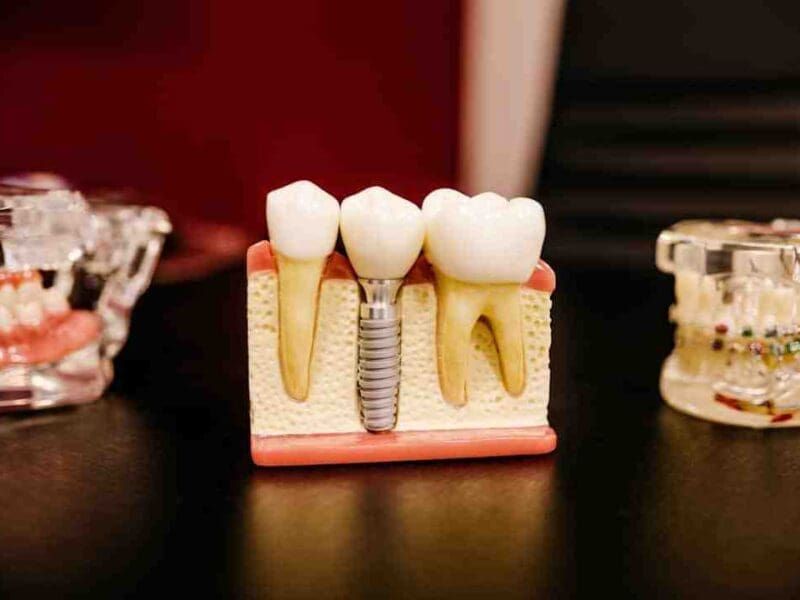
Art Therapy: Painting Paths to Healing in Rehab
Finding healthy ways to talk about your feelings and think about things is an essential part of getting over an addiction. Art therapy gives people in recovery a creative way to express themselves, learn new things, and improve.
This article will talk about how painting, drawing, and other artistic activities can help people deal with the difficulties of addiction and find a way to get better.
The Language of Art: Expressing the Inexpressible
Art therapy knows that some feelings can’t be put into words. People in rehab can share feelings, thoughts, and experiences that may be hard to express. They can do this through painting, drawing, sculpting, and other art forms. Art can be its language, a safe space where people can share their deepest thoughts and feelings without fear of judgment.
Tapping into Creativity: Exploring New Perspectives
Doing creative and imaginative things improves creativity and imagination. This gives people in rehab a chance to find new ways to deal with their problems.
Art therapy helps people think outside the box. It allows them to look at issues from different points of view by letting them play with colors, textures, and shapes. Individuals find fresh ways to handle stress, control cravings, and get through the ups and downs of healing by being creative.
Processing Trauma and Past Experiences: Healing Through Art
Addiction is often caused by stress or unresolved issues from the past. Art therapy gives folks a safe place to work through these tragedies and determine how they have changed their lives. They may express their hurt, anxieties, and memories through artistic expression. This helps them to become more controllable and less overwhelming.
Being honest about and making sense of one’s past can help people in rehab start to heal. It also makes them stronger and more resilient going forward.
Fostering Self-Discovery and Self-Awareness: Reflecting Through Art
Art therapy helps people learn more about themselves. It allows them to think about themselves and focus on their own lives. Those who do artistic activities know more about their feelings, thoughts, and actions. This, in turn, helps them understand themselves and their recovery path better.
Making art can help people find their secret strengths. It aids in recognizing patterns in their behavior and feeling more in control of their lives.
Building Confidence and Self-Esteem: Celebrating Creativity
When you do art therapy, there are no right or wrong answers. You can only be artistic. People in rehab boost their confidence and self-esteem by enjoying the creative process and being proud of their artistic work.
Each stroke, line, or shape they make is a reminder of how creative and strong they are. This boosts their self-esteem and feelings of accomplishment. Individuals find out what skills and gifts they already have through art. This reminds them of their ability to grow and change.
Connecting with Others: Building Community Through Art
Art therapy also helps people in rehab get to know each other and form friendships. Group art projects let people work together, talk to each other, and help each other. This builds a sense of unity and connection.
Individuals build bonds with their peers through creative activities they do together. These bonds offer support, inspiration, and understanding as people work to recover.
Bottom Line
Art therapy is a vital way for people in rehab to express themselves, learn more about themselves, and heal. Painting, drawing, and other art forms can help people deal with their feelings, heal from trauma, learn more about themselves, gain confidence, and connect meaningfully.
For people who want a less rigid strategy for treatment, outpatient rehab programs may include art therapy classes in their complete treatment plans. This way, people can continue their recovery while caring for their daily duties and routines. As people paint their way to healing, they learn how art can change their lives as they work to recover from addiction.







